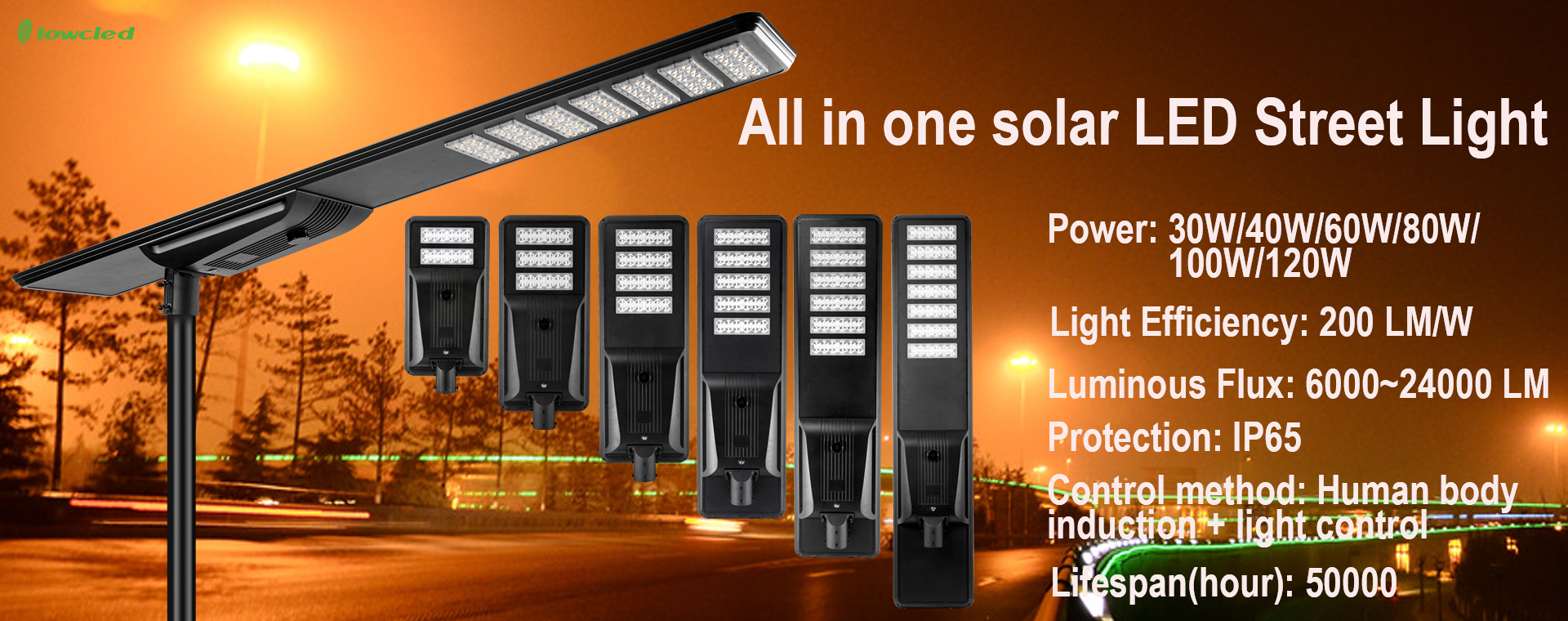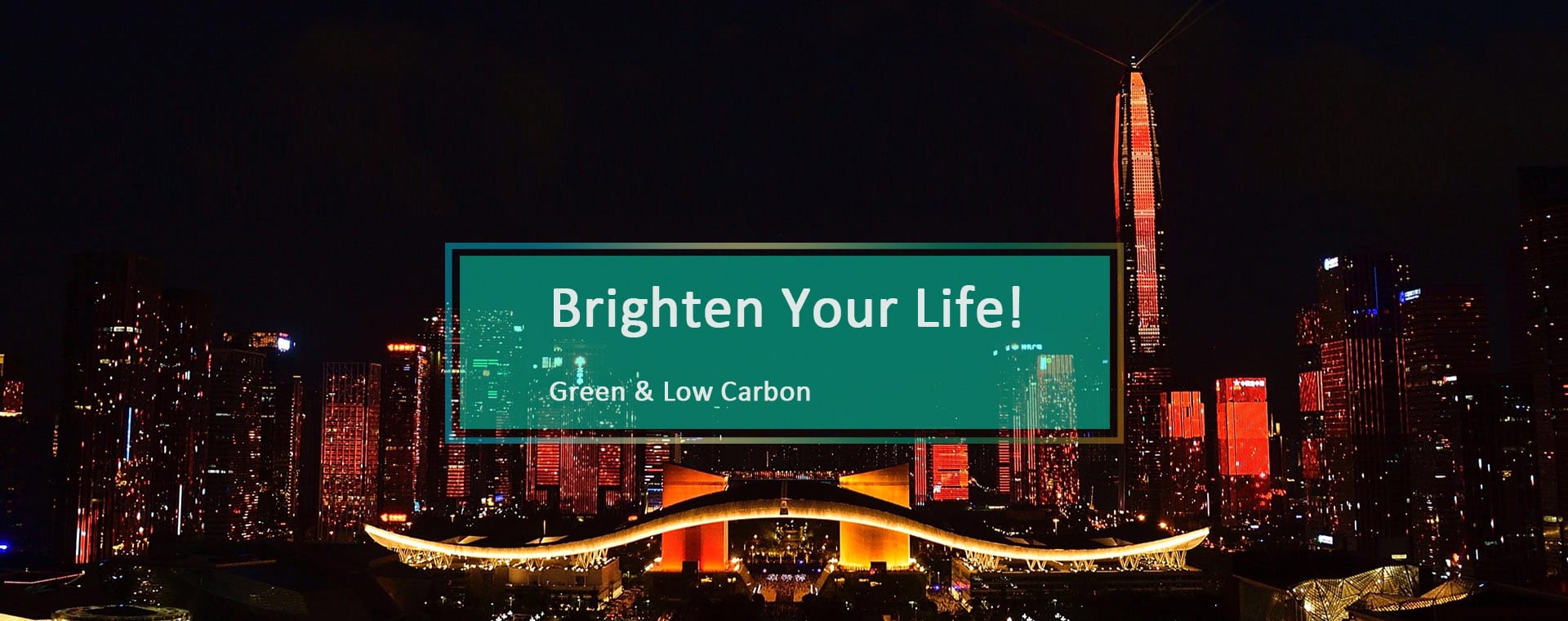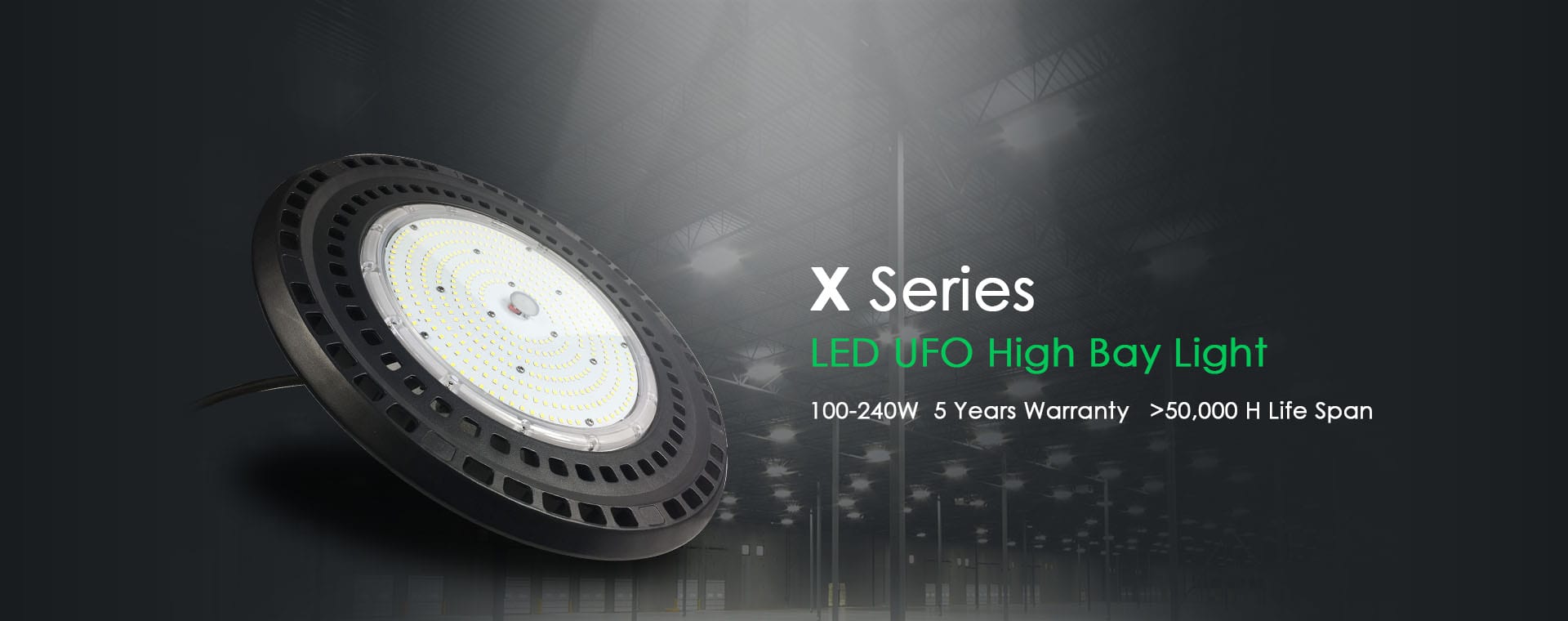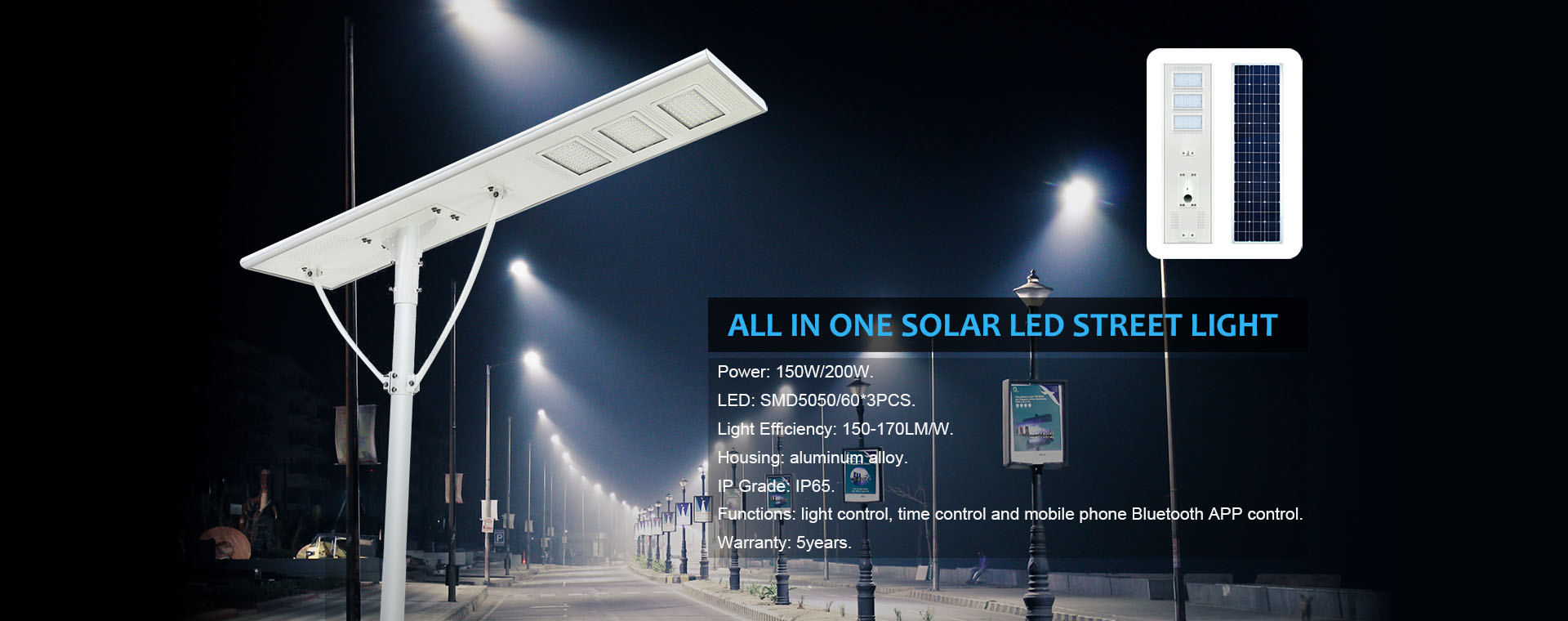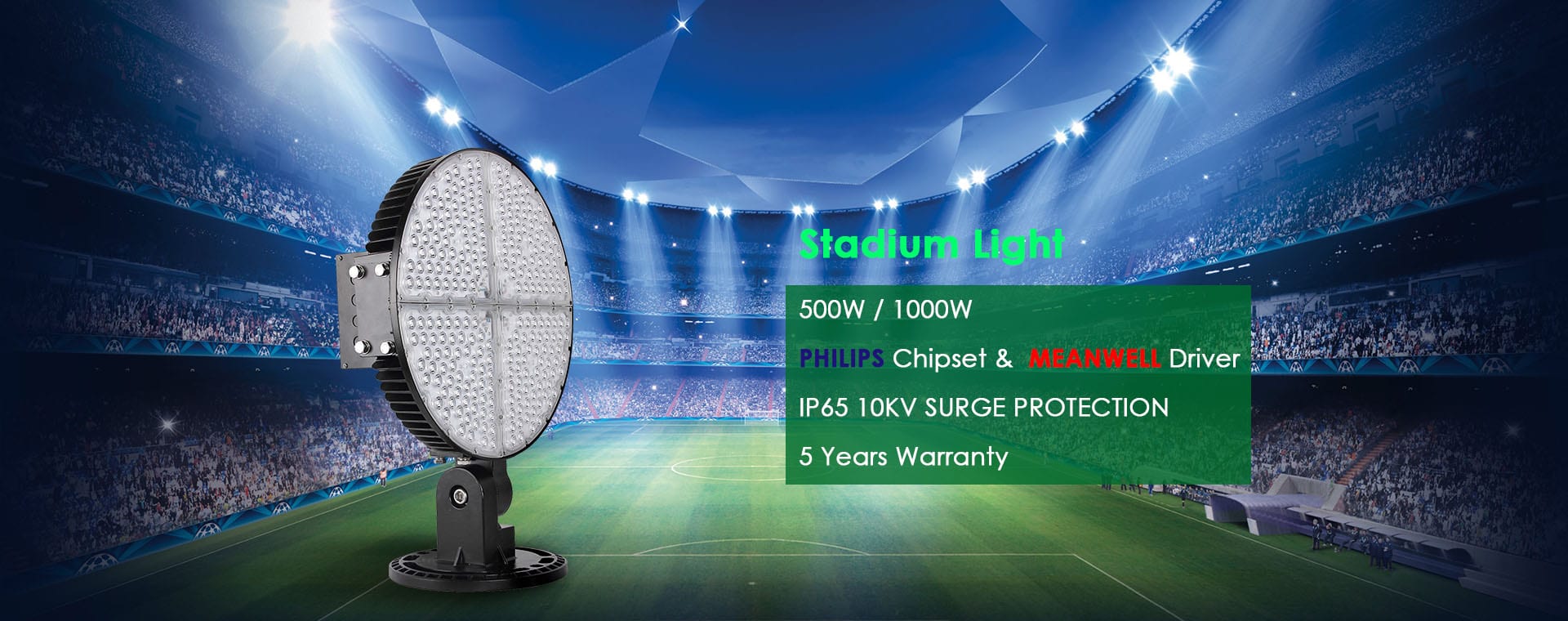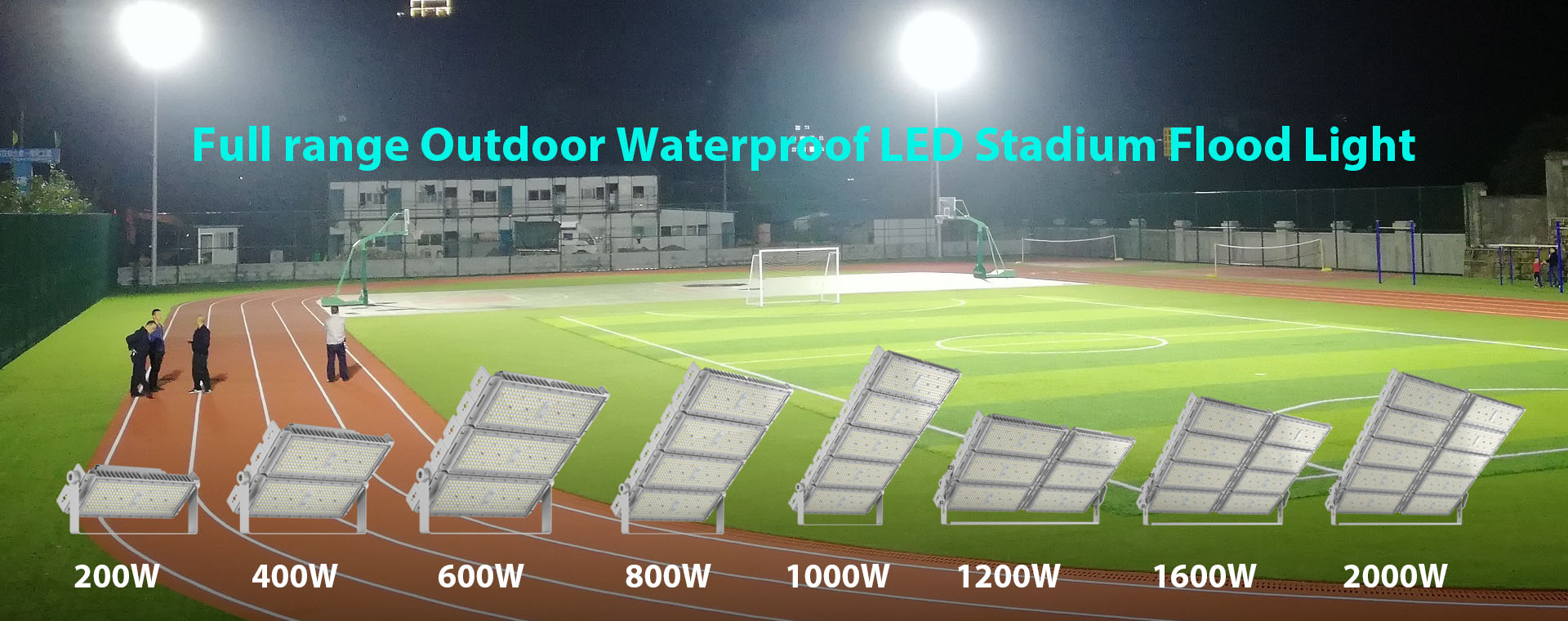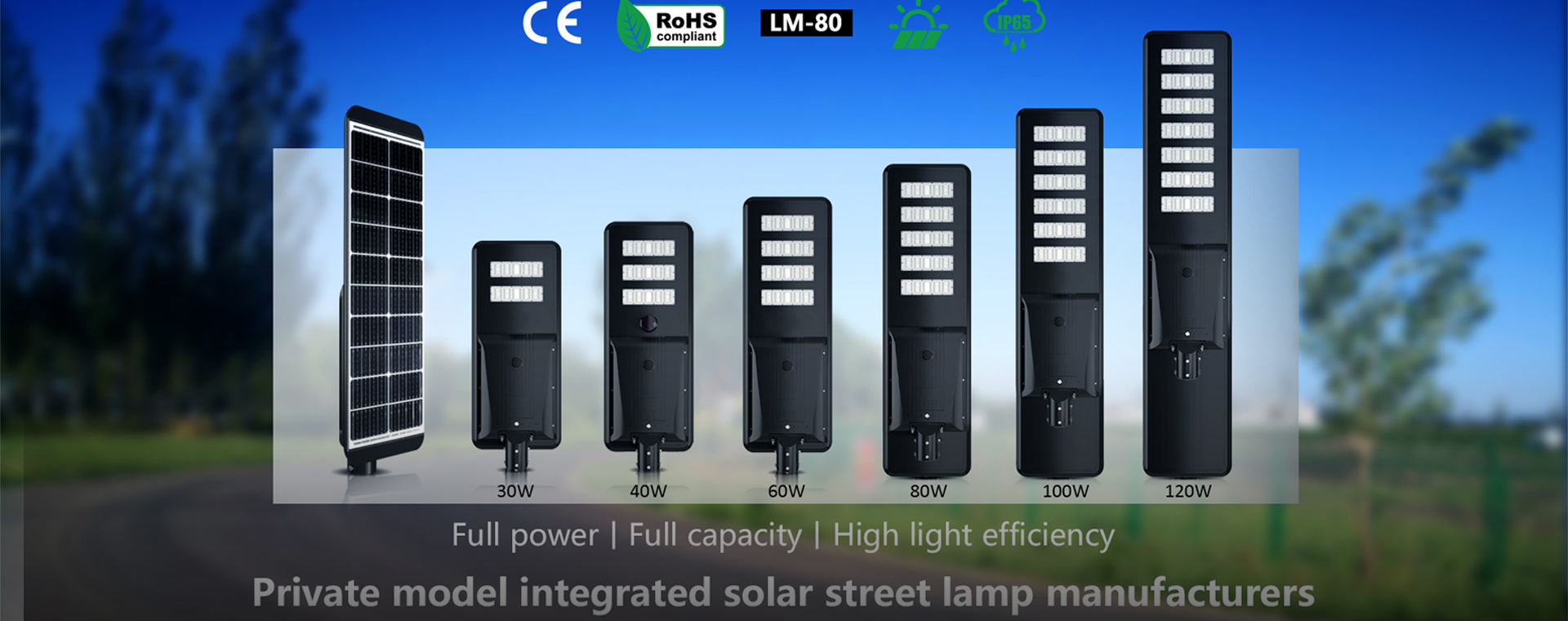According to TrendForce’s latest market research report 2022 Global LED Lighting Market Analysis-2H22, as TrendForce reported, the demand for residential and commercial lighting was slashed in 1H22 by gloomy economic outlook amid soaring inflation, energy cost hikes following the Russia–Ukraine war, real estate downturns, as well as the pandemic’s twist and turns. That being said, as countries in Europe and North America began reopening, returns of commercial activities boosted consumption—plus the rising demand for energy-saving revamp solutions in Europe and Japan—thereby compensating the declines in commercial lighting markets. Additionally, robust economic activities in Southeast Asia offset the serious demand slump in China. Entering the second half of 2022, the market demand will rebound starting in 4Q22 following the launch of stimulus packages. In brief, with soaring inflation and solid prices of LED lighting products, TrendForce has revised down its forecast for the global LED lighting market scale in 2022 to USD 64.95 billion (+0.5%YoY).
As for the outlook, the lighting industry will emphasize the optical quality of products (e.g., high luminous efficacy, color rendering, R9 value, and SDCM value) as well as human-centric lighting and smart functions. Accordingly, TrendForce predicts the global LED lighting market scale to hit USD 78.36 billion in 2026 with a 2021-2026 CAGR of 3.9% (Remarks: LED lighting market size adds brands and white-box products since the version of 2H21report).
Figure、2021-2026 Global LED Lighting Market Scale Forecast (Unit: Million USD)
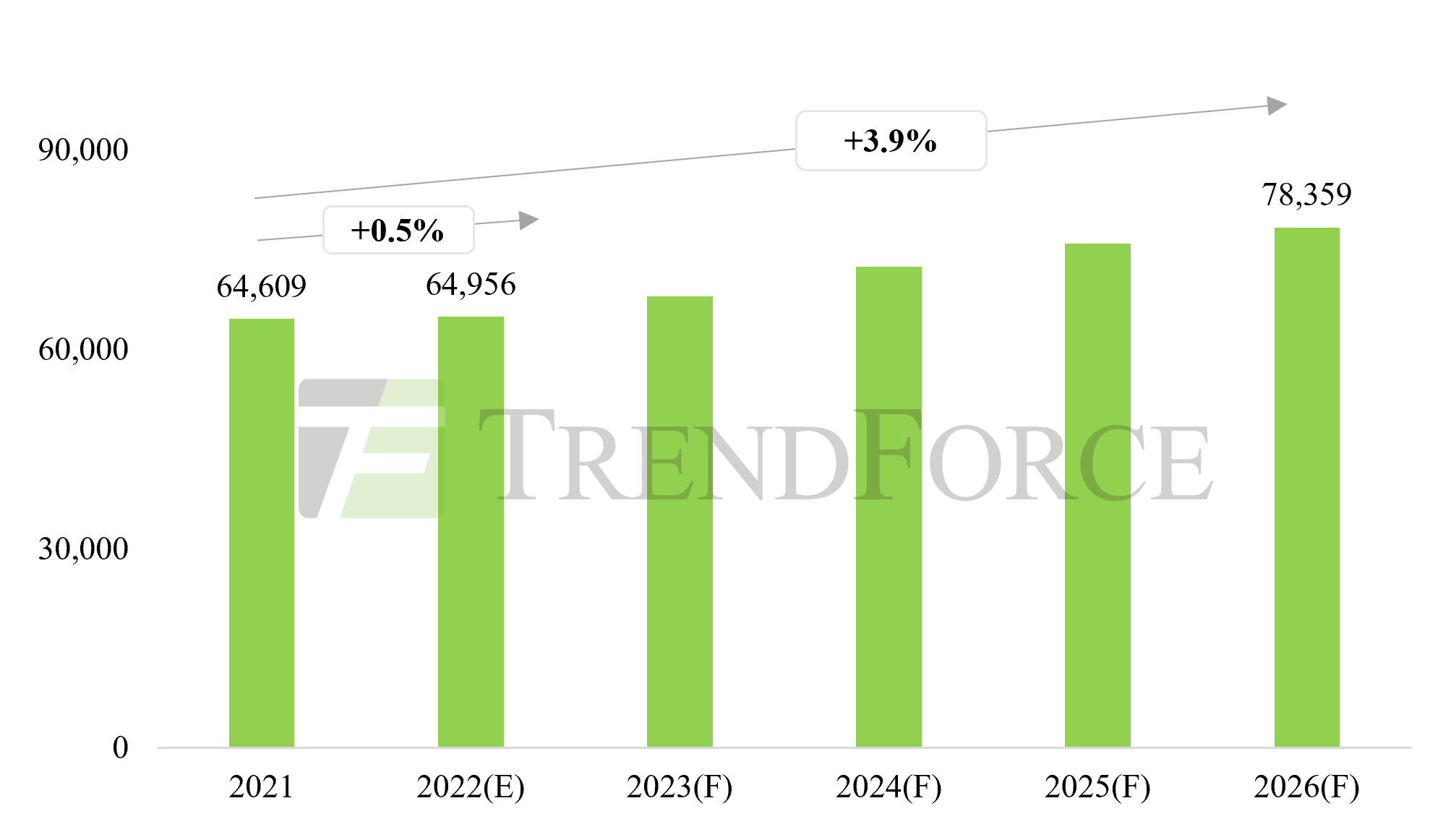
LED Smart Street Lighting Market
Despite the slowdowns caused by the pandemic and Russia–Ukraine war in 1H22, the smart street light market will possibly grow 7% and hit USD 839 million in whole 2022 along with increasing government fiscal policies. Following the development of smart city construction, it is expected to start a new round of renovation for street lights in 2023. The key factor to promote the growth of smart street lights is to achieve the most important functions and demands through smart control. Thus, with the increase of LED smart light penetration, the market CAGR between 2021 and 2026 is likely to reach 15.5%.
In terms of communication protocol, the latest data compiled by TrendForce indicates that 76.6% of smart street light control technologies in 2021 were powered by PLC, followed by ZigBee (13.3%). NB-IoT has just reached maturity in actual applications, which is growing rapidly with a market share of 7.0%. Due to its advantages in covering a wide range of network infrastructure, NB-IoT can achieve low power consumption and construction cost, thus it has the potential to replace ZigBee. Additionally, the percentage of 4G-based smart street light applications has gradually increased.
LED Horticultural Lighting Market
Driven by the North America cannabis market, the LED horticultural lighting market has grown rapidly in the past 2 years. However, the market demand has begun to weaken starting in 2H21 due to supply chain woes and law enforcement efforts to tackle illegal cannabis cultivation in the continent. In 2022, growth has slowed in the horticultural lighting market due to delays in cannabis legalization across North America as well as a great slump in China. Nonetheless, the demand for replacing greenhouse LED equipment in Europe has increased plus stable prices of luminaire products. Accordingly, TrendForce has revised down the market scale to USD 1.79 billion (+6.6%YoY).
In the future, with rising awareness of food safety and global climate change, smart agriculture will move into the spotlight among governments worldwide. Additionally, the continued progress of cannabis legalization will enable the LED horticultural lighting market to enjoy stable growth. TrendForce predicts the market scale to reach USD 2.89 billion in 2026 with a 2021-2026 CAGR of 11.5%.
Lighting Manufactures Revenue
According to latest date combined by TrendForce, it is estimated that most lighting manufacturers will increase their revenue by an average of 1%-3%. It is worth noting that the increase in merger and acquisition activities of leading companies, coupled with the optimization of product mix, the revenue growth of the top 10 lighting manufacturers is expected to exceed 3%. In 2022, the Russian-Ukraine conflict is leading to rising global energy costs, and increasing demand for LED energy saving, which will accelerating the replacement of traditional lighting products. It is estimated that the average revenue growth of top 20 lighting manufacturers will be 2%-5%.
Numerous lighting firms have shifted to provide professional solutions featuring connected lighting products for customers, creating healthier and smarter lighting experiences. Such phenomenon will drive revenue growth among these lighting players. (By Christine Liu/Analyst of TrendForce Corp.)
Post time: Oct-19-2022





